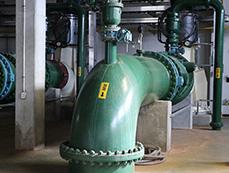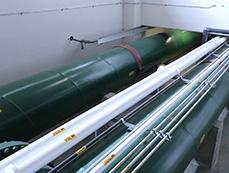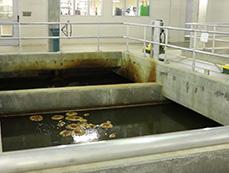In an effort to reduce the number of discoloured water occurrences, the City of Winnipeg is changing a step in the water treatment process.
Starting in fall 2018, the coagulant being used is going to be switched from ferric chloride to ferric sulphate. A coagulant helps particles in the water stick together so they are easier to remove during water treatment.
In 2010, the City noticed a spike in the number of discoloured water reports. Discoloured water is classified as water observed to be yellow, brown or black in colour. There were 2,412 discoloured water service requests that year. That was an increase of 1,527 from the previous year.
A consultant was brought in to look into the increase and determined manganese levels were the main reason behind the increase in discoloured water events.
“The existing coagulant, ferric chloride, is the primary source of manganese in our water system,” Shanks said. “Switching products will reduce the levels.”
The change in coagulant is the final outstanding recommendation from the consultant’s report.
Before the coagulant could be changed to ferric sulphate, the product had to be thoroughly tested. The City constructed a pilot plant, essentially a small scale water treatment plant, to put the product to work under actual conditions. This was built within the existing water treatment plant located at Deacon Reservoir.
“Ferric Sulphate has been thoroughly tested for more than a year with positive results,” Shanks said. “The full change to the new coagulant is anticipated to be completed by the end of 2018.”
Shanks emphasizes it will be difficult to predict how long it could take before there is a major reduction in discoloured water events. He anticipates the number of reported to decline in 2019 compared to previous years.
He added discoloured water could continue to be seen as a result of water main breaks and changes in water flow as a result of fire hydrant usage.
If you experience discoloured water, it is important to contact 311 to report it.



